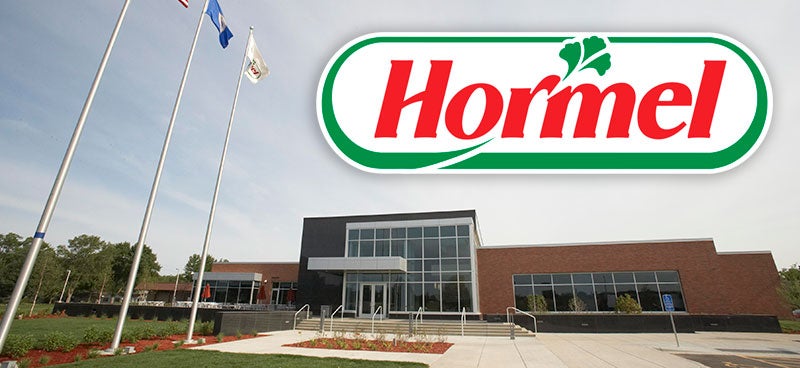Housing trends: Minnesota worst in Midwest for affordable rents
Published 9:33 am Wednesday, August 1, 2012
By John Michaelson
Minnesota News Connection
Click here for the housing trend series
ST. PAUL — The rising cost of rent and low vacancy rates are putting the squeeze on Minnesotans who are already struggling to make ends meet. According to Leigh Rosenberg, research and outreach manager for the Minnesota Housing Partnership, in order to afford a modest two-bedroom apartment in the state, a person making minimum wage would have to work 86 hours a week.
“We found that Minnesota actually had the worst affordability of any state in the Midwest,” Rosenberg said. “And that’s due to a combination of high housing costs here, as well as a minimum wage which is the federal minimum wage. Some states have a higher minimum wage.”
Rosenberg says 54 percent of Minnesota renters do not currently earn enough to afford a two-bedroom unit at the “fair market rent” where they live. She adds while rents are most expensive in the metro Twin Cities, the four counties that have the highest percentage of people unable to afford a modest two-bedroom apartment are in greater Minnesota.
“Because what we’re finding in many, many rural areas in Minnesota is that the supply of rental housing is simply inadequate, and so, the rents become very high in comparison to what people earn.”
The Anoka County Community Action Program is among those agencies that work to help people who have trouble finding affordable housing. Executive Director Patrick McFarland says they assist some 1,500 families a year with foreclosure prevention, and rent out about 400 affordable housing units. Still, he says, many more need help – and that often leads to shared households.
“I think we’re seeing the same kind of thing that most CAP agencies are seeing, which is that people are doubling up. People are moving back home with their parents. They can’t afford the rent, and so you get these large extended families living in one, single-family dwelling.”
According to the U.S. Census Bureau, as of 2010, 30 percent of all adults lived in a shared household.
See the state’s latest housing affordability trends by region at mhponline.org.




